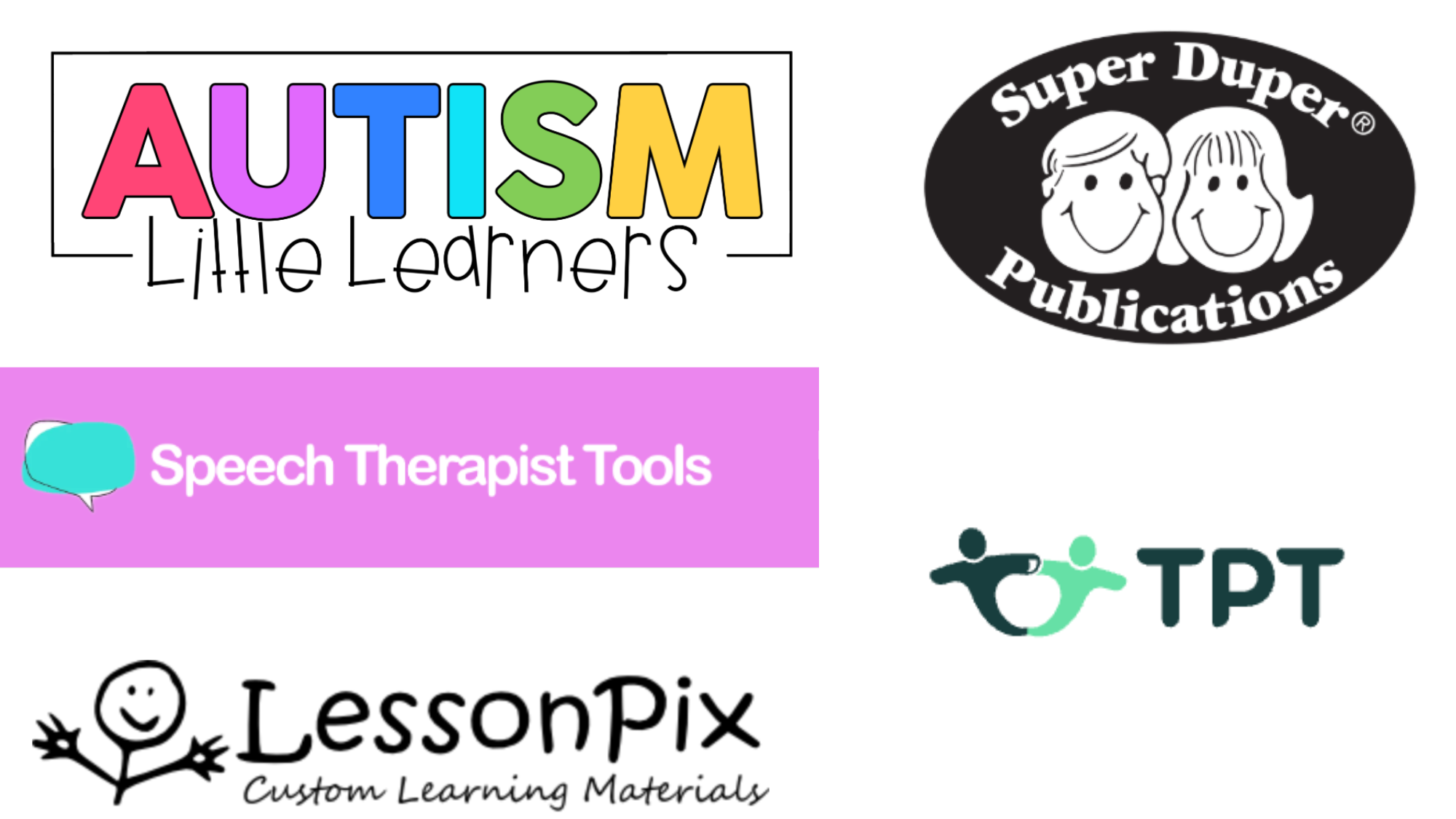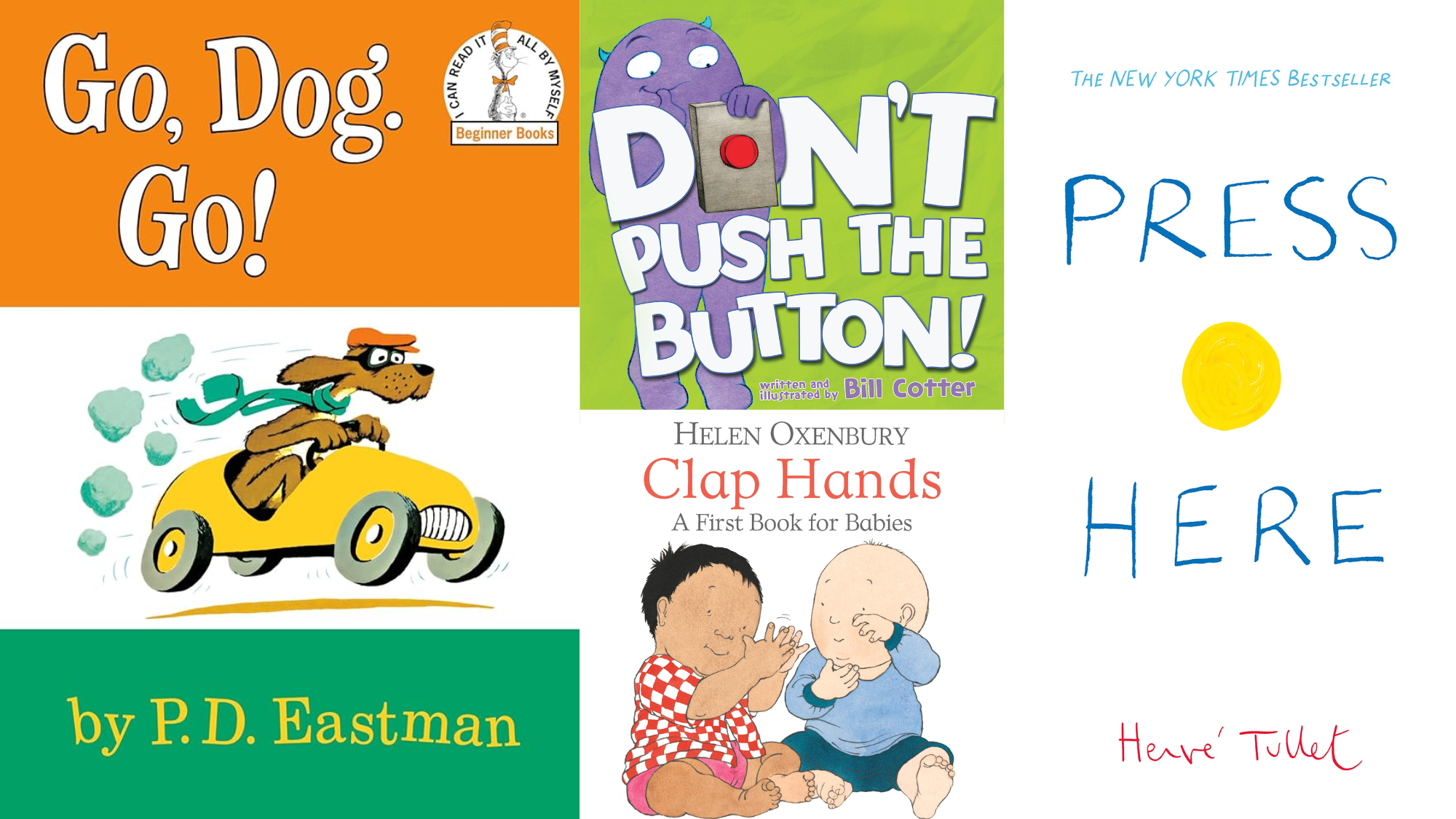Fun Resources to Practice One-Step Directions

Does your child look at you blankly when you ask them to “Close the door” or “Pick up your shoes”? You’re not alone in this daily struggle.
Some children require additional time to process language, while others may not have developed the listening skills necessary to filter out important information from background noise.
The good news? With the right approach, patience, and tools, you can shift these frustrating moments into opportunities for connection and skill development.
This blog provides practical resources and proven materials that convert one-step directions from a source of stress into opportunities for connection and growth.
What are One-Step Directions?
One-step directions are single, clear instructions that require children to complete just one action or task. These commands contain one verb and typically focus on a specific object or location.
They form the foundation of receptive language skills and serve as building blocks for more complex instruction-following abilities.
The simplicity of one-step directions enables children to focus on understanding the vocabulary, processing the request, and responding appropriately without feeling overwhelmed by multiple tasks.
Why are One-Step Directions Important?
One-step directions are simple commands that help children learn to process auditory information, understand action words, and make connections between spoken language and physical responses.
When children successfully follow one-step directions, they build confidence in their ability to understand and respond to communication, which encourages further language development.
These skills directly impact classroom success, as students must follow the teacher’s instructions to participate in activities and complete assignments.
Speech Therapy and One-Step Directions
Speech therapists view one-step directions as fundamental building blocks that bridge receptive language understanding with the development of expressive communication.
How Speech Therapists Use One-Step Directions
Speech therapists integrate one-step directions into treatment plans as both assessment tools and therapeutic activities.
These simple commands help evaluate a child’s vocabulary comprehension, processing speed, and ability to connect auditory information with physical responses.
Therapists observe how children decode instructions, identify objects, and execute tasks to determine specific language strengths and areas needing support.
Visual Aids

Use simple, engaging visuals to support the understanding of one-step directions and improve comprehension.
1. Autism Little Learners – One-Step Directions Flashcards
This set of 40 flashcards is specifically designed for children with autism and speech delays. Each card features simple, clear images that represent everyday actions, such as “sit,” “stand,” or “jump,” Making them perfect for reinforcing one-step directions.
These flashcards can be used in combination with verbal instructions to help children visualize the actions they are being asked to follow, enhancing both comprehension and retention.
2. LessonPix – Following 1-Step Directions
LessonPix offers a tool to create personalized and customizable visual aids that are ideal for one-step directions. Teachers and therapists can design cards with simple, direct instructions that suit the needs of their clients.
If you’re working with a group or individual, these printable resources offer flexibility, allowing you to tailor them to the child’s level and focus areas. The visuals are clear, bright, and easy for children to follow.
3. Speech Therapy Tools – 25 Simple One-Step Directions
This collection of 25 simple one-step direction cards is an excellent resource for therapists. The cards are straightforward and designed to help children engage with actions like “touch your toes” or “raise your hand.”
They are an ideal starting point for children who are just learning how to follow instructions, and they offer a structured way for therapists to introduce action-based learning.
4. Teachers Pay Teachers – Following Directions Flashcards
This resource includes a downloadable set of flashcards specifically for practicing following one-step directions. Each card includes an action such as “clap your hands” or “sit down,” paired with a picture to aid understanding.
This set is popular for teachers and therapists alike, as it is easy to use in one-on-one sessions or group activities. The cards can be printed, laminated, and reused multiple times for consistent practice.
5. Super Duper Publications – Following Directions Fun Deck
The “Following Directions Fun Deck” by Super Duper Publications is a card deck designed to target one-step and multi-step directions.
This resource is versatile and can be used in various therapeutic settings, whether you’re working with children with speech delays, autism, or other developmental needs.
Books for One-Step Directions

Books and games that encourage children to follow simple, one-step directions while engaging in interactive play.
1. “Don’t Push the Button!” by Bill Cotter
This interactive book features simple one-step directions that encourage kids to follow actions like pushing buttons, shaking the book, or making noises.
The story is humorous and light-hearted, providing an excellent way for children to practice following directions while keeping them engaged in the storyline.
2. “Press Here” by Hervé Tullet
In this book, children are asked to perform actions such as pressing dots, shaking the book, and tapping to see how the story evolves.
It’s an excellent tool for teaching one-step directions because it combines fun, visual engagement with simple commands that children can follow.
3. “Clap Your Hands” by Helen Oxenbury
This interactive book invites children to follow one-step directions by clapping, stomping, and other actions that help build motor skills while reinforcing language comprehension.
The repetitive, rhythmic text makes it easy for young children to follow along and participate in the activity. It’s a great starting point for introducing one-step directions to toddlers and preschoolers.
4. “Go, Dog. Go!” by P.D. Eastman
A classic, this book offers simple one-step instructions embedded in a fun and colorful story.
Kids can follow along as the characters perform actions like “go up” or “go down,” reinforcing both the meaning of the directions and the motor tasks involved.
Techniques to Improve Learning
These proven strategies change one-step direction teaching into effective, enjoyable experiences that accelerate skill development and build confidence.
1. Modeling and Repetition: Demonstrating actions before giving directions provides children with clear visual examples of expected behaviors.
2. Physical Movement: Incorporating movement changes direction-following into active, engaging experiences that support kinesthetic learners and maintain attention.
3. Using Routine Activities: Encouraging direction-following during daily tasks creates natural learning opportunities throughout the day without feeling like formal instruction.
Conclusion
Teaching one-step directions requires patience, consistency, and the right tools to support each child’s individual needs.
By implementing structured activities, visual supports, and engaging materials, speech therapists and families can help children develop these essential communication skills.
Remember that progress may be gradual, but every small step builds toward greater independence and confidence.
Start with simple, concrete directions that use familiar objects and gradually increase complexity as skills develop.
Ready to begin this necessary process? Celebrate each success along the way to maintain motivation and positive associations with learning.






